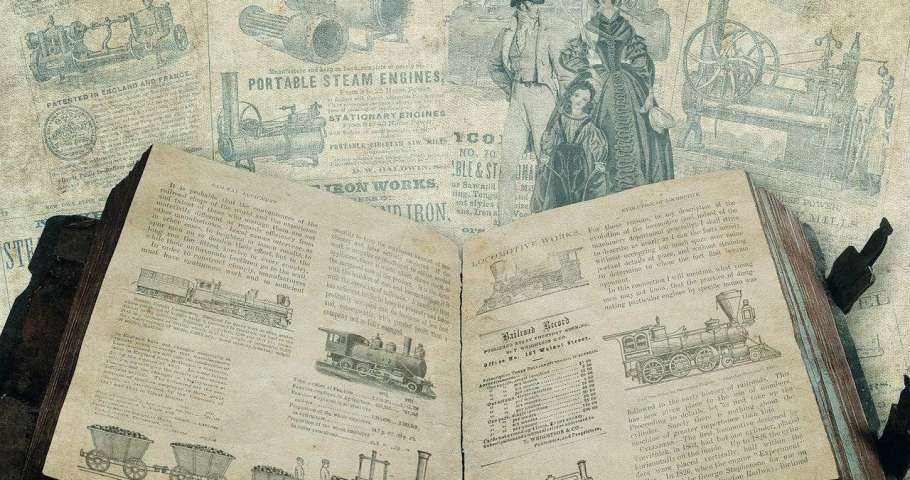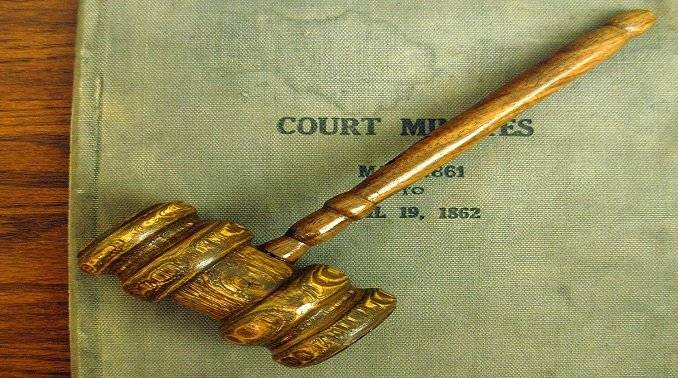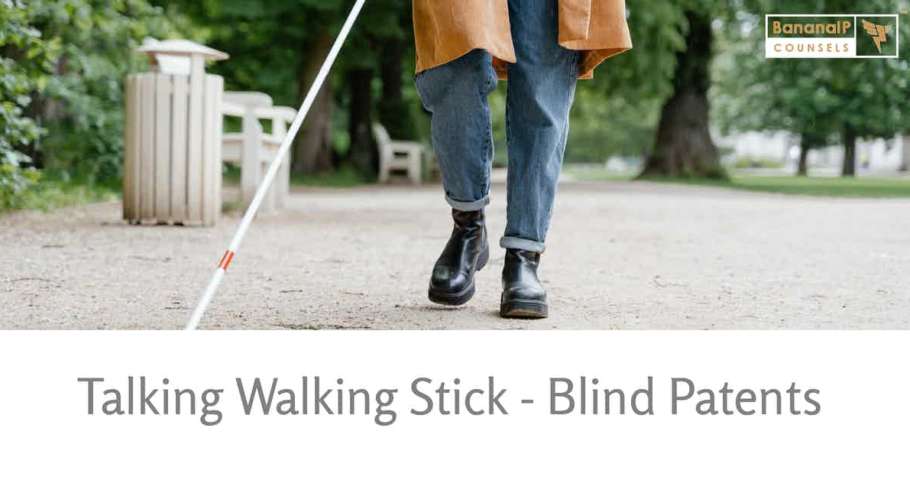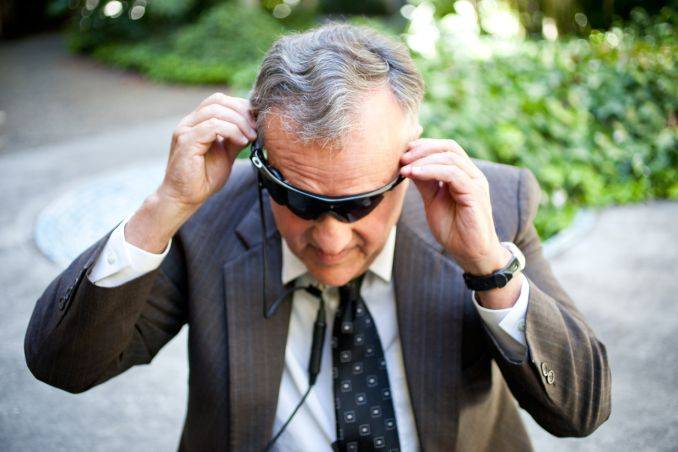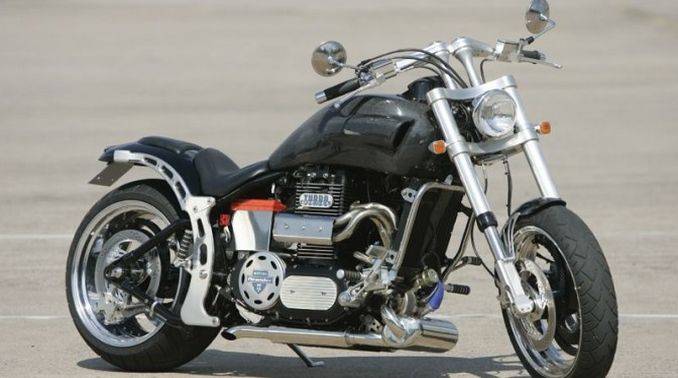This post was first published on 16th April, 2012.
Germany is considered to be the birthplace of the automobile since late 1870's when Karl Benz and Nikolaus Otto independently developed four-stroke internal combustion engines. Germany has the largest share of passenger car production in Europe with over 29% market share, followed by France (18%), Spain (13%) and the United Kingdom (9%). Nearly six million vehicles are produced in Germany each year, and approximately 5.5 million are produced overseas by German brands.…


